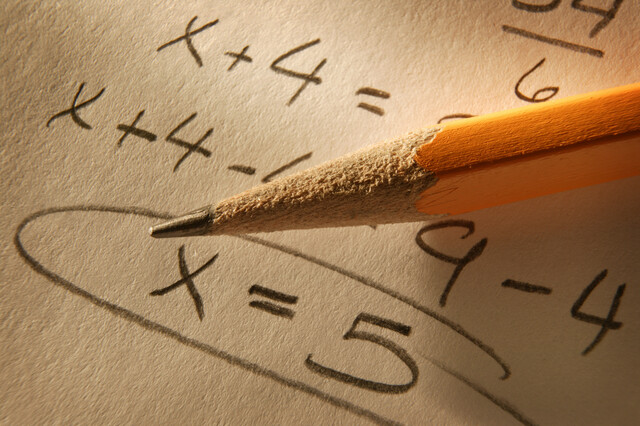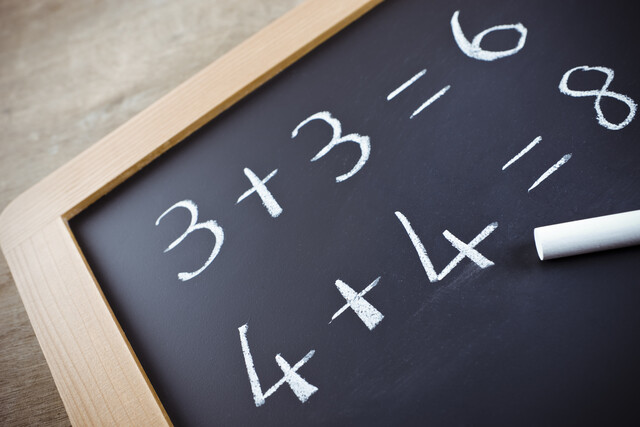Applied Statistics 101
Unlock the Power of Data: Transform Numbers into Insight

21 Hours average completion time
2.1 CEUs
14 Lessons
15 Exams & Assignments
9 Discussions
15 Videos
19 Reference Files
166 Articles
Mobile Friendly
Last Updated December 2025
Welcome to an empowering journey through the world of Applied Statistics, where numbers unlock the secrets of data, and informed decisions are born. This course is your gateway to transforming intimidating data sets into clear, actionable insights using the power of statistics.
Begin your statistical adventure by mastering the art of Descriptive Statistics. Learn how to succinctly summarize vast amounts of data with key metrics like mean, variance, and skewness. This foundational skill set is just the beginning, as these summaries pave the way for deeper analysis.
Dive into the core of the course where the real magic happens--Inferential Statistics. Here, you will explore how to make compelling arguments and draw robust conclusions from your data. Questions like "Is the average value of one dataset significantly different from another?" will not only be answered but demonstrated through practical, real-world applications. You'll delve into advanced techniques such as cross-tabulation and chi-square tests, correlation studies, linear regression, Student's t-tests, analysis of variance (ANOVA), repeated measures analysis, and even factor analysis.
While the mathematical underpinnings of these tools are vast, this course emphasizes intuitive understanding over complex equations. Through a blend of common-sense explanations and a wealth of real-life examples, you will see these statistical methods come to life, demystifying data and revealing patterns and truths hidden within.
By the end of this course, you will not only possess the skills to describe and analyze data sets effectively but also the confidence to apply these skills in real-world scenarios. Whether you're tackling basic applied statistics problems or gearing up for more advanced study, this course will equip you with a solid foundation in statistical reasoning that is crucial for a multitude of careers and research paths.
Embark on this statistical journey with us and transform the way you view data forever. Whether for academic pursuits, professional advancement, or personal curiosity, mastering applied statistics opens a world of possibilities and gives you the tools to navigate the data-driven decisions of tomorrow.
- Chi-square test proficiency
- Inferential statistics application
- ANOVA comprehension and application
- Descriptive statistics mastery
- Hypothesis testing expertise
- Factor analysis understanding
- Statistical data interpretation
- Data visualization skills
- Correlation and regression analysis
- Multivariate data analysis




